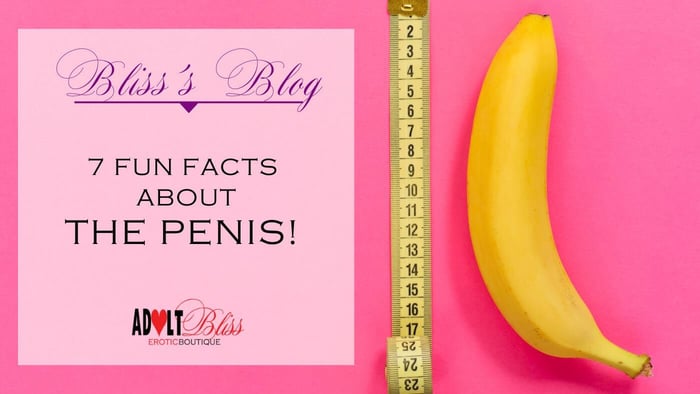
Closing The Orgasm Gap For More Pleasurable Outcomes
Jump To Section
The Orgasm Gap: Why Women Are Getting Less Pleasure—and What to Do About It
Many people think that men and women get equal satisfaction from sex, but scientific investigation from the past 20 years says that this just is not so. In fact, women have fewer orgasms than men in all situations, and this pleasure divide is referred to as “The Orgasm Gap.” In this post, I will talk about the evidence for “The Gap”, bust some myths about sex and pleasure and finish up by giving you some tools for working on closing this gap. Let’s do it!

Evidence of the Orgasm Gap
Although there have been many studies around the differences between orgasms experienced by men and women, the most rigorous one was conducted in 2017 by The International Academy of Sex Research. In this orgasm gap study of more than 50,000 Americans, 95% of heterosexual men said they usually or always achieved climax when sexually intimate. This was followed by 89% of gay men, 88% of bisexual men, 86% of lesbian women, 66% of bisexual and 65% of straight women. Other studies have closely mirrored these findings, where heterosexual women are orgasming significantly less in sexual encounters.
Relationship Sex vs. Casual Sex
Women having sex in relationships also orgasm more than women having casual sex. In a study of university students, 68% said they orgasm during sex in a committed relationship compared to 10% who orgasm during casual sex.
This evidence suggests that it is not only the gender of the person women are having sex with that determines if they will achieve climax, but also the environment and social situation that plays a role.
Mythbusting: What’s Really Causing the Orgasm Gap?
To address The Orgasm Gap, we will first need to bust some myths…
Myth: The Orgasm Gap Exists Because It's Biologically Harder for Women
Fact: Research has shown that people think it a biological fact that it is more difficult for women to achieve climax; by virtue of having the elusive clitoris, they think orgasms are trickier. However, if this were true, then women would have trouble climaxing in any situation and that is not the case. Women are more likely to achieve orgasm when pleasuring themselves or when having sex with other women, so there is clearly something more going on than just the way people are constructed.
Penis glans sensitivity also means that any movement in that area is very pleasurable and orgasm is easier to attain, especially with penetrative sex. Which leads into the next myth…

Myth: Sex = Penetration
Fact: Sex is not just about an end stage of penetration (like the deeply embedded scripts we have about sex may suggest). Although a lot of people find penetration pleasurable, only about 4% of women find it the most reliable route to finish. Everyone else says that clitoral stimulation, alone or combined with penetration, will bring them to climax.
Myth: There’s a “Magic Position” That Works Every Time
Fact: Every individual human is different. There is no one position you can use to get your partner to achieve orgasm every time. Not only is every individual human different, but what turns us on and how it does so can differ from day to day! A great deal of pleasure has its roots in the mind, so if you are having a bad day, not feeling well or a multitude of other factors that are centred in the individual, what worked before may not work at another time.
Communicating about what feels good and what doesn’t is not necessarily a mood killer. In fact, it is vital for consent and to make sure the other person is having a good time. Directing the person in how to touch you or asking them specifically how they want to be touched can be pleasurable in it’s own right; never underestimate the impact of respectful and sexy communication.
Magic Wand Rechargeable

$249.95
The Magic Wand® Rechargeable consistently sits atop reviewers’ and mainstream publications’ lists of best vibrators. Named “best overall” by the New York Times three years...… read more
Changing the Script: Pleasure Is More Than a Goal
Clitoral stimulation is not a lesser form of sex, as many people would believe; it isn’t just the pre-cursor to “real sex.” Thinking about sex about a pleasurable experience between people, rather than a completion of tasks A, B and C. Behavioural scripts are psychologically important for people, as they help us predict the behaviour of others and manage our own responses. However, they can also limit the experiences we have if we insist on strictly following what has been dictated as appropriate and expected. Changing the way we view sex and intercourse is an important facet of improving the pleasure for women.
Where to Start in Closing the Gap
As you may have gathered, making pleasure more equitable and achievable for women is not going to have a simple solution. There are multiple areas for both men and women to focus on to close the gap.
Educate Yourself (But Not Through Porn)
Learning more about pleasure, bodies and human sexuality is an important part of this process. And no, I don’t mean watching porn; just like you don’t watch The Fast and The Furious to learn how to drive a car, you don’t watch porn to learn about sex. There are a lot of online resources, including this blog, where you can get a variety of perspectives about this topic and others that contribute to it. There are also workshops, seminars, and groups where you can talk with others to learn more and experience the diversity of human sexual experience.
Encourage and Embrace Masturbation
As I said earlier, women are more likely to climax when masturbating alone, and so encouraging and embracing solo masturbation leads to multiple positive outcomes. It is a way for women to become more comfortable with their bodies, explore them in a safe way and learn what turns them on. Women prioritising their pleasure is a skill learned and a value embraced during masturbation, and is key to closing the orgasm gap.

Use Tools That Work: Vibrators Are Your Friend
Research has shown that women who use vibrators orgasm more. Try incorporating vibrators during intercourse to provide that extra clitoral stimulation that we know most women need to finish. Instead of feeling threatened by a toy, see it as a tool for pleasure. We can’t be everything to everyone, and it can help to view toys as an extra hand you can use so you can focus on other things. learn more about sex toys for women.
Try Mindful Masturbation and Mindful Sex
I have written in previous posts about mindful masturbation, and how it can help staying in the moment, learn what turns you on and heighten pleasure. Instead of worrying how you look, what your partner is thinking or what chores you should be doing, being mindful during sex will help you experience more pleasure and hopefully, reach that climax.
FAQs
What is the orgasm gap?
The orgasm gap refers to the consistent finding that women, especially in heterosexual relationships, orgasm less frequently than men during sexual encounters.
Why do women orgasm more in relationships than casual sex?
Factors like trust, communication, and emotional comfort in relationships make it easier for women to ask for what they need and feel relaxed enough to reach climax.
Is it really harder for women to orgasm biologically?
No. While anatomy plays a role, women often orgasm more easily through clitoral stimulation and when masturbating or having sex with other women—suggesting the gap is more social than biological.
What role does communication play in fixing the orgasm gap?
A huge one! Talking about what feels good, what doesn’t, and what you want more of is key to helping partners connect and prioritise mutual pleasure.
Can vibrators really help women orgasm more often?
Yes. Vibrators provide targeted clitoral stimulation, which is the most reliable way most women achieve orgasm. They're a helpful tool, not a replacement for intimacy.
What is mindful masturbation and how does it help?
Mindful masturbation involves tuning into your body’s sensations, thoughts, and emotions in the moment. It reduces distraction, builds self-awareness, and increases pleasure.








